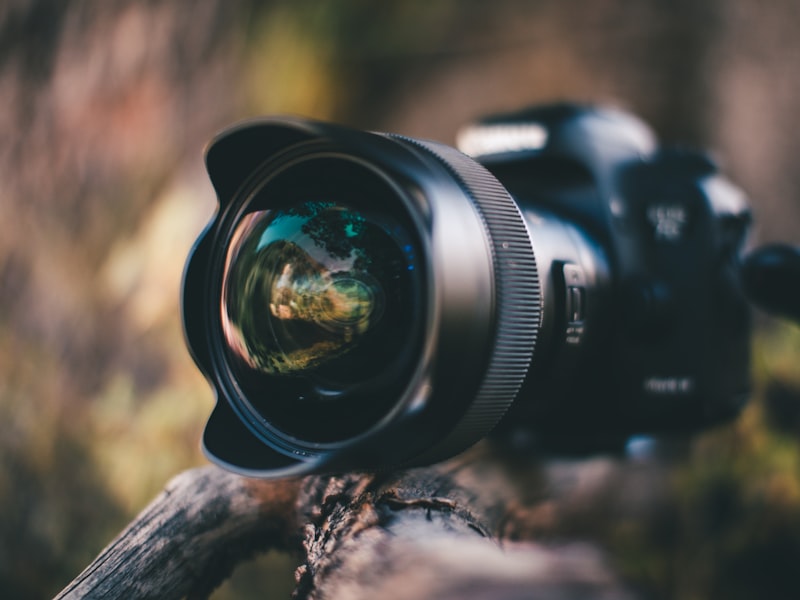The Benefits and Risks of Massage

Massage is a healing method in which a person manipulates the soft tissues of the body. It is typically done using the hands, elbows, knees, or forearms. It is commonly employed to relieve stress and pain management. There are some risks associated with massage. Before you decide to get an appointment for a massage, be sure to learn about the benefits of massage and find an authorized massage therapist.
Treatment
Massage is one of the many methods to ease anxiety and stress. It also helps in decreasing pain, particularly for people with neurological conditions. Massage therapy can help relieve pain by getting rid of scar tissue. It can also be used to treat chronic constipation. It can also enhance the performance of athletes and improve coping mechanisms. A recent study showed that massage therapy could reduce lower back pain for a 28-year-old woman suffering from pregnancy-related lower back pain.
Massage increases cellular exchange and blood flow. This increases blood flow and circulation, which allows oxygen and nutrients to reach organs and eliminate waste products. This increases blood flow, which reduces discomfort and enhances performance. It also improves the body's immune system. Massage therapy can help prevent future muscle damage and improve mobility.
Massage can also improve tissue elastic. Tissue elasticity can be described as a measure of the body's ability to stretch and stretch under stress. A high degree of tissue elasticity is essential for lessening the risk of injury and maximizing performance. Massage increases the temperature of the tissue and improves blood circulation permitting the tissue to become more flexible.
Massage sessions can last from a few minutes to a full day, and it's important to allow yourself plenty of time to prepare, settle, and then wind down. Ask about the massage products used by the massage therapist and be sure to inform them if you suffer from any sensitivities or allergies to particular products. Inform them of any medical conditions.
There are many different types of massage that can be used to address specific problems. Myofascial release is a kind of massage therapy that concentrates specifically on connective tissues and encourages cell repair. This kind of therapy is similar to acupressure however, it concentrates on the site of pain. The massage therapist employs a powerful massage to relieve discomfort. It is usually performed in sitting position.
Benefits
Massage is a fantastic method to improve the health and wellbeing of people of all ages. Massage can reduce stress, increase circulation, and reduce soreness in the muscles. It can also improve the body's immune system as well as cardiovascular system. It is non-invasive and doesn't require any medications. Massage is a method of healing that employs a variety mechanisms, such as superficial friction. The skin is stimulated by pressure which increases blood circulation and the intramuscular heat. Massage can also improve sleep and concentration. Massage can also help reduce fatigue, making it easier to manage stressful situations.
Research has proven that massage can aid in treating depression, anxiety, and fibromyalgia. Some of the results are not conclusive and more research is needed to confirm them. One of the most important features of massage therapy is that it helps the skin, the largest organ of the body. The skin is comprised of muscles, tissues joints, and tendons. Massage has many benefits for the body, so it's no unexpected that it's so well-known.
Massage can also help in improving the immune system. Through increasing oxygenation and circulation massages boost the production of new cells and boosting the body's immune system. They also aid in sleep and decrease cortisol levels. Massage improves circulation and blood flow. It also reduces the symptoms of acne and psoriasis.
Massage can have a relaxing effect on the respiratory system. It helps to breathe more deeply and helps reduce chest congestion. It also assists in helping the heart function more efficiently. Massage also improves blood flow, which allows for more blood to get to tissues and organs. This improves the cardiovascular system and the parasympathetic nervous process, which regulates blood pressure and heart rate.
Side effects
Although massage therapy is an excellent option, it has its downsides. Some clients complain of bruises following an appointment. These bruises aren't life-threatening however they can be uncomfortable. Massage may also cause someone to feel nauseated. These effects can last for up to 72 hours.
Massages can cause pain but the pain is usually minimal and subsides quickly. Massages can also help relieve muscle pain or fatigue. Some people are afraid of side consequences from massages. They should be educated before they receive a massage. For instance, they must be aware of overuse which is a condition where the body becomes overreacting to pressure and doesn't respond in a timely manner. This can happen when the incorrect kind of massage is used.
Massage can also cause soreness especially during deep tissue massages. This is because of the pressure applied to muscles during a massage session. It is possible to be sore for a few days after the massage. Massages can also trigger nausea in certain people. Massages may also help eliminate toxins from the body.
Some massages can trigger lingering discomfort. However, these effects can be controlled easily through good communication between you the masseuse. A deep tissue massage can help to ease a range of chronic conditions, ranging from hypertension to muscle tension. It can also help relieve stress and anxiety. However, you should consult a physician prior to performing an intense massage.

There are a few adverse effects of massage. They include swelling, bruising and sensitivity to oils as well as creams used in a massage and the sensitivity to these. Patients with bleeding disorders and those who are taking blood-thinning medication should stay clear of vigorous massages. Other people should not undergo massages if they suffer from an enlargement of blood, skin infection, or have recently had surgery.
Licensed massage therapists
Massage therapists who are licensed by their state or territory are professional with the appropriate knowledge and training. This legal recognition offers protection for the public by establishing the same standard of care and enforcing an code of ethics. In addition, licensure gives an official grievance procedure to address consumer complaints and prevent unethical practitioners from being allowed to continue their practice. The states have the authority to regulate professions in the United State.
To become a licensed massage therapist you must meet state requirements and pass a national examination. This test is known as the Massage and Bodywork Licensing Examination. Additionally, many states require massage therapists who are licensed to complete at 500 hours of massage education and to complete at least 50 hours of continuing education every year. 판교출장안마 However, some states require less than 500 hours.
There are many exemptions to licensure. Exempted from licensure are, for instance those who are employed in professional sports teams or associations. However this exemption does not apply to churches, fraternal organisations, or similar ones. You do not need to have the license for massage therapy when you work for an athletic organization.
Licensed massage therapists are responsible to adhere to standards of competency and ethics. For this reason, it is essential to know the general policies of licensing. You must pass the Massage and Bodywork Licensing Examination to be able to obtain licensure. The exam covers both fundamental and clinical science topics as well as the theory and practice of western and oriental massage therapies. The State Board of Massage determines the scores required to pass the test. The exam is a multiple-choice test that is valid throughout the USA.
Licensed massage therapists must be competent to offer clients different types of massages to achieve various goals. They must be able provide information to clients and create a setting that is both relaxing and comfortable for clients. They should be able to address the client's questions, which could be that concern health issues or general wellbeing.
